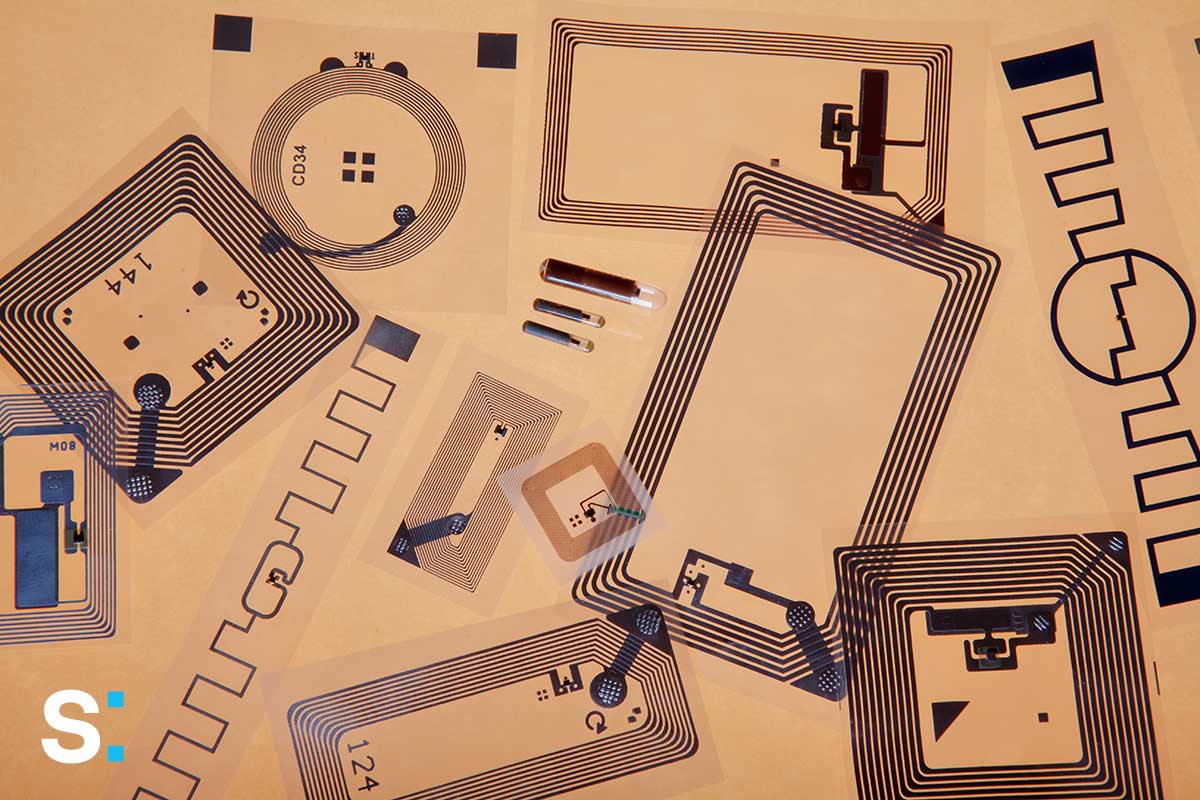In February 2021, the European Union Intellectual Property Office (EUIPO) Observatory released the 2021 Anti-Counterfeiting Technology Guide. The guide begins by, rightly, pointing out that while governments have an obligation to coordinate protection to companies and the public’s well-being, companies themselves also have a role in taking responsibility for counterfeiting. To help companies take that responsibility seriously, the 2021 guide lists and explains all of the various technologies available. The guide is a satisfying 122 pages long; a hefty document, but that’s by design. Counterfeiting is booming in the 21st century. So it makes sense that innovations in development to manage the problem may be as numerous as the schemes that perpetuate it.
In short, there is quite a variety of mature and ready-to-use anti-counterfeiting technology. That points to admirable progress in innovation, but it’s also a double-edged sword. Which technology is best isn’t as simple as asking what works and what doesn’t. That question is complex because what works for one business may not make sense for another. Large enterprises and small businesses have distinct challenges, such as selling digital products but not physical products or vice-versa. And they have unique budgetary restrictions. That makes understanding an overview of all the technology available an advisable undertaking for savvy businesses. Brands are serious about protecting their customers, brand, and investments. The EUIPO guide can give companies that kind of broad understanding as it explains what’s out there and how these anti-counterfeiting technologies work. By and large, it’s fair to say they’ve done a great job.
Six anti-counterfeiting categories
There are 6 categories in the 2021 anti-counterfeiting tech guide:
- Electronic technologies: these include RFID, NFC, electronic seals, magnetic stripes, and contact chips
- Marking technologies: Optical memory stripes, machine-readable codes, security holograms, inks (such as UV-sensitive, reactive, or thermochromic inks), encrypted images, watermarks, micro texts, unique identifier marks, and finally copy detection patterns
- Chemical and physical technologies: DNA coding, chemical encoding, and tracers, glue coding (which is a technique whereby heat is applied to a polymer so that random bubbles are formed and then the state of those bubbles is recorded in a database for reference), surface fingerprints, and laser surface analysis
- Mechanical technologies: Labels (such as adhesive labels, tags, or ultra-resistant labels), laser engraving, anti-alteration, devices, seals, security threads, and security film
- Technologies for digital media: DRM (digital rights management) systems, digital watermarks, hashing (which is using unique number identifiers that are generated based on the file content), and fingerprinting
- Shared ledger technologies (Blockchain such as those used by Knorr/Unilever)
Copy detection patterns
Of all the anti-counterfeiting technologies available to businesses, those that protect from counterfeiting physical products concern companies that sell physical products. Products like water filters, graphics cards, or edible foods are counterfeit at a staggering cost to businesses. Even taking their toll on animal and human life. Anti-counterfeiting for products in that category falls under “marking technologies,” including copy detection patterns. You may know, Scantrust uses a copy detection pattern to modify QR codes and turn them into secured QR codes. These copy detection patterns define a secured QR code, making it difficult to defeat the anti-counterfeit feature.
The 2021 Anti-Counterfeiting Technology Guide explains what these copy detection patterns are and how to use them; by using a graphical representation of a Scantrust secured QR code. The guide likely draws attention to this because secured QR codes have such formidable anti-counterfeit properties. Standard QR codes are for storing information and can be easy to reproduce and read easily. When combined, you get the best of both worlds. A code designed so that anyone with a smartphone can check if the secured QR code is genuine or not.
“QR codes by themselves do not offer protection against copies. They can, however, be combined with other authentication technologies (such as holograms, copy detection patterns or unique identifiers), to provide automated authentication via a smartphone scan…”
From the 2021 Anti-Counterfeiting Technology Guide – Prepared by The European Observatory on Infringements of Intellectual Property Rights, EUIPO, with support from the Anti-Counterfeiting Technologies Expert Group and the Impact of Technology Expert Group
What are copy detection patterns?
Copy detection patterns, also called secure graphics, are small, random digital images. They can print on packaging, products, or documents to detect counterfeits. This technology means, from the principle that when a digital image is printed or scanned, some information in the original image is inevitably lost. This is regardless of the quality of the scan or the photocopying technology. Copy detection patterns (CDPs) are designed to maximize this information loss whenever the pattern is printed or copied. Because a counterfeit copy detection pattern will have been copied or scanned at least one more time than the original, the resulting image always contains less information than the original image. Authentication means comparing the amount of information in the scanned copy detection pattern with the original record. No specialized equipment is strictly necessary: authentication is usually performed using off-the-shelf mobile phones.
Can any one technology solve a counterfeit problem?

When it comes to counterfeiting and confirming the authenticity of physical items, copy detection patterns are among the best of what’s around. Implementation costs are reasonable and significantly lower than for physical or electronic tags. The per-item code cost decreases as volumes increase. Copy detection patterns can be the cornerstone of any brand protection effort, true. They can also seamlessly connect with consumer engagement and loyalty programs. Especially when there are incentives for last-mile resellers for interacting with the code. That’s precisely how Scantrust secured QR codes work. Want to see how that can work for your company? You can even get a free consultation by requesting a meeting here.
You can also read and download the 2021 Anti-counterfeiting Technology Guide, in full, on your own to get an idea of the whole range of tech available.
